We’ve seen a huge shift in the travel media space over the years: Magazines are folding left and right, many reverting to a digital-only model, and earned media seems a thing of the past. Newspaper content is hardly “news” anymore; it’s product placements for its sponsors with zero concern for FTC disclosure. Comms teams are slim, and it makes focusing on better tourism marketing tricky if you’re a one-person show handing travel, PR, membership, economic development and any of a number of other duties.
Even the few magazines that put up the facade of still running “editorial” often plan their issues around advertisers, so it’s not truly “editorial” at all. For tourism boards, it can be hard to keep up with it all, so it’s no big surprise really that many are doing it completely, utterly wrong. But that’s why we’re here to guide you, so buckle up!
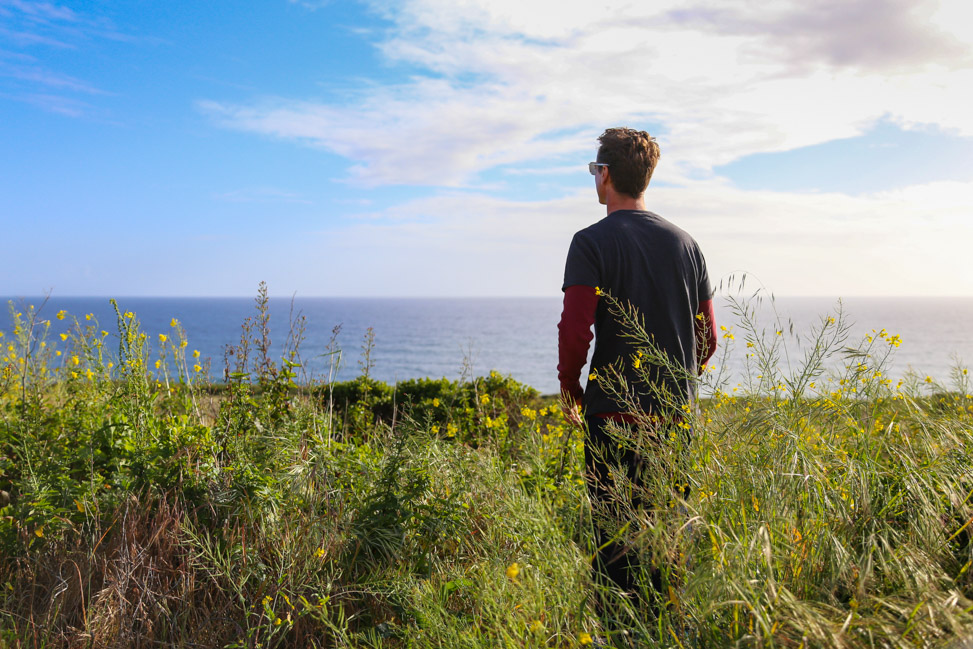
DMOs (destination management organizations) and CVBs (convention and visitors bureaus) could be doing much better tourism marketing with their funds, but often wind up blowing their budgets on these third-party content platforms that do little to nothing for their brand awareness. They’re too quick to jump on the bandwagon—”everybody’s paying for TikTok content? I should be paying for TikTok, too!”—rather than drilling down into what truly makes their city or region unique and doing the hard work of thinking about how to reach their target demographic.
“Every destination is not the same and should think about how and why people are finding them, then go after that,” my friend Jade told me. “It’s like how you wouldn’t market tennis shoes in the same way you would flip-flops.”
In other words: Tourism marketing is not a one-size-fits-all model. So it’s time to stop treating it as if what works for one city is a slam-dunk for the next.
Many in the travel industry are totally missing the mark when it comes to tourism marketing. Thinking that maintaining the expensive status quo of magazine ads, legacy partnerships, trade show booths, shrimp-eating press trips and a bloated bureaucracy to scrape by while trying to stay relevant in a world where travel is so much more accessible than it once was—thus, meaning you’re now competing with thousands of other, often more attractive destinations—just doesn’t cut it anymore.
But guess what? There are nearly eight billion people on the planet, and while one traveler may gravitate toward Beijing, the next may be far more interested in exploring South Bend. It doesn’t take a million dollars a year to reach your target niche either—there are so many ways you could get it right by just hopping off the carousel of the mindless marketing chatter that’s spinning out of control around you by stopping to think about what’s best for your destination. Chances are, what everyone else is doing (and what you’ve always done) isn’t a good fit for you in 2024.
You still with me? Good. Let’s lay out what I see as lingering, ubiquitous problems in travel media—and most importantly, how you can do much better tourism marketing than your predecessors—today:
You’re trying to be on all the platforms, when in reality you don’t need to be
If you’re a 20,000-person city with a CVB spearheading your tourism marketing efforts, do you as the CVB need to be spending all day on Pinterest? No, absolutely not. Sure, you want to provide high-quality content and Pinnable images optimized for a platform that readers and search engine referrals are going to be inspired to Pin—you’ll notice I do this at the end of every post, and as a result get a good mix of readers Pinning my content onto their aspirational idea boards as well as regular referral traffic from Pinterest itself. But Pinterest is a search engine, not a social media platform like Facebook and X, so you should not be wasting hours trying to Pin your own imagery, but rather optimize those images for the platform and let others do the sharing work for you.
Speaking of X (formerly Twitter), you can ditch that one while you’re at it. Algorithm—and management—shifts have rendered Twitter (X) obsolete for the small guys. So if you’re wanting to cut the cord with one social media platform, here’s your hall pass to do just that.
You’re not reading your market
Find where your consumers predominantly are and focus on one or two effective platforms. If you’re only getting a couple of likes per Facebook post, then mist out information via a few different avenues: Mixing up content, trying something new and tracking what kind of posts get the most traction (for me, this is often shares of popular stories and not links to my own blog content); using other platforms to drive eyeballs to your Facebook page; or (gasp!) stop focusing on Facebook altogether and put your efforts where your members or potential customers are (like, for example, newsletters that actually convert).
If you have a bigger team, you can divvy up responsibilities. Here’s how I would prioritize my time after my website if I worked in-house at a DMO:
- newsletter (first and foremost)
- Facebook (it’s still where the majority of your hang out)
- Instagram or TikTok (depends on your customer)
And for the love of God, do not post to one platform and enable the function that then sends a version of it to all your other social media sites. This defeats the purpose of “social” media that even rookie users of the Internet recognize, and it honestly just looks spammy. To add insult to injury, search engines don’t like duplicative content, so it’s actually a detriment for indexing and rankings if you’re posting the same thing on all the sites.
You’re putting the cart before the horse
Storyboarding! ROI! Native advertising! Influencer marketing! We must. Do. It. All! Even. When. We Have. No. Idea. What. “It.” Means!
No, no you mustn’t. If you’re a destination that has little to offer tourists (operative word: yet), you’d be wiser to put your money where your mouth is—or rather, put those funds toward creating a reason travelers are going want to visit your city in the first place. Don’t have an arts district? Start one. Don’t have a coffee shop or local breakfast joint that’s going to capture drive-by traffic? Launch a small-business initiative to incite entrepreneurs to want to start something new. Put tourism dollars into under-the-hood renovations that are going to create longevity in your community’s appeal, because if you build it, they will come.
But if you don’t—build it first, that is—what on Earth are travelers going to do in your city, what is the media to write about? You can’t market something that doesn’t exist. Don’t launch an ad campaign before you have a website. Don’t hire bloggers to visit your destination before there’s anything for them to photograph and experience. Influencer marketing is extremely effective when implemented correctly, but you have to have the basic framework in place before you even consider rising to that level of marketing prowess. As a journalist and content creator, there’s nothing sadder than visiting a town with good bones only to find that, in the words of Gertrude Stein, there’s no there there—and, thus, I have no story to tell.
Create the story first for your travelers, for the potential media who will cover your town, and for your locals, your hometown brand ambassadors, who are going to be your biggest advocates. Only then, focus on getting the word out through other means.
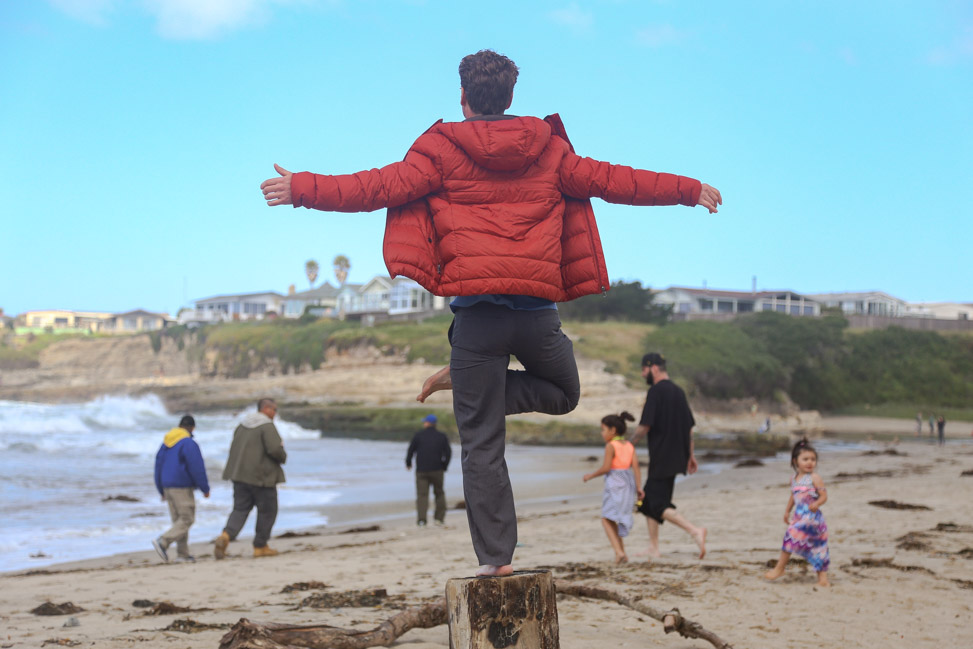
You’re getting hung up on all the wrong things
Say it with me now: Instagram is not the be-all, end-all. I’m starting to feel like a broken record on this one. Don’t believe me? That’s fine, but I’m not the only echo chamber out here: Read this and this and this and most definitely this if you need to get caught up to speed.
Furthermore, why are destinations without many visual draws, specifically, still trying to spend all their marketing dollars on a platform driven by aesthetics and with no marketing longevity? To steal a phrase from one of my past interviews with Steven Tyler, Instagram is “a quick shot to the arm.”
“If people really want Instagram-worthy destinations when maybe they don’t have one, then they should find influencers who influence the Instagram influencer crowd or the wannabes—the people who go to a spot just to take the same photo as their favorite Instagrammer,” Jade told me. “Then you’d have people come down and spend their own money because they just want to be in the hip place immediately after that influencer they so admire.”
But really, CVBs, is this the kind of travelers you want to be attracting? Those who are just going to parachute in and out on a whistle-stop tour of Instagram must-sees and not actually spend money in your destination? Places like California have seen the damage Instagrammers can do to a natural phenomenon like the Super Bloom, and even Auschwitz has asked influencers to stop taking photos posing at the concentration camp: two very different scenarios on opposite ends of the spectrum but, really people, doing it “for the gram” and nothing else? Why, exactly, do you travel again?
Despite my hate for it, I do still love Instagram. IG Stories, in particular, connect me with readers in a more personal way and serve as a supplementary marketing tool when working with CVBs on marketing projects. Regardless, if you’re a destination, Instagram should not be your entire marketing strategy.
Instagram may yield instant gratification—or vanity metrics are they truly are—but what do heart-shaped likes actually mean when it comes down to it? They aren’t heads in beds, that’s for sure. They likely mean that Instagram pod buddies are trying to boost their post to beat the system at algorithm games to morph themselves into a fictional celebrity with a paycheck at the end of the rainbow. It’s a reality that Instagram has no longevity more than 24, 48 hours max, or searchability on the web, which is what you want in your online marketing efforts: to create brand awareness and a constant stream of index-able content that reminds potential visitors that you’re there. That little pop-flash of scrolling content to a potential visitor is about as useful as rain in a river.
It allegedly takes consumers being exposed to a place or product a minimum of six to eight times before he/she considers pulling the trigger—so use those psychographics to your advantage and form a long-tail marketing approach. A vacation is not a $20 purse you liked to know on your favorite fashion blogger’s Instagram account. Most travelers plan their vacation time wisely, and you’re competing with thousands of other destinations for their same tourist dollars. Be the cream that rises to the top in an industry of sugar cubes that sink to the bottom of the coffee mug. This takes thought and not blind spends on agencies or platforms that, at their root, don’t make sense.
You’re spending too much time tooting your own horn
Chambers—who are often tasked with tourism in small towns without a CVB—in particular, are guilty of this (yeah, you all know it, so let’s just acknowledge that and move on), so very quick to post about members’ ribbon cuttings and little else—it seems like phoning it in to me, and really: How uninspired is an entire feed of boring ribbon cuttings? Personally, it does nothing to make me want to join a chamber.
The most successful chambers and CVBs we’ve worked with are ones who do not just promote their paying members, but who recognize that economic development and investment are always beneficial to everyone and, therefore, are happy to help advertise events and happenings beyond their new membership by plumbing the depths of the community calendar. Not to mention, what better way to attract members than proving your value before they pay for your services, right?
You’re not using your marketing budget wisely
Why are you so quick to blow your budget on every traditional ad or billboard that comes your way, but then think you can’t spend money on commissioning content or building out marketing assets that are vital to your destination’s survival? Why not mix it up and implement digital marketing techniques like targeted Facebook and TikTok ads that go directly to the kind of customer or traveler you’re trying to attract, whether location- or interest-based? Why not spend the time to create marketable assets and hire an actual photographer to document places, events and stories, then inventory those assets for easy reach when needed? Why not—oh, horror of horrors—pick up a phone or have a meeting with partners and journalists to discuss holes in the narrative of your brand? Only then can you hire a trusted storyteller who’s going to do your destination justice.
If you’re spending hundreds of thousands of dollars (or even just thousands of dollars) annually on agency fees, you do have a budget, you’re just choosing to ignore the writing on the wall: that you don’t truly know where to put those dollars or perhaps that you’re not prioritizing digital content. No matter what Google algorithm change will come next, evergreen information will always be king, and in this era of user-generated content (UGC), it’s more necessary than ever to control facts and an online brand image. Reallocate those funds and figure out a mindful breakdown between PR, marketing and custom content. It doesn’t have to be one or the other; it can be all of them at once—if you’re smart.
You’re not holding your PR or marketing firm accountable
Do you know what’s being communicated to others by your agency in your company’s name? Do you know that they’re sending out a press trip invite to all 2,000 journalists on their press list and confirming the first five who respond? Do you realize that, for them, you’re just another name on a list, a quota they have to fulfill, an excuse to rack up a ludicrous hourly rate, and that they aren’t actually vetting journalists and culling through online clutter to find the best possible fit for your destination? Probably not, and well, let’s just say you should—you should know everything being done in your company or city’s name.
If there’s one thing citizens hate it’s seeing a city’s hard-earned tax receipts go to waste, even if you’re using that hotel-motel tax revenue. Bottom line, if you’re paying someone tens (or hundreds) of thousands of dollars to be the public-facing representative of your destination, you better well know what they’re saying and doing. Again, this requires work and accountability conversations. It’s hard, but someone is paying you to manage these relationships so be #basic and ask folks if they are doing what they were hired to do.
Realize that having a digital manager role is senior-level position
Social media manager is not an entry-level position. It is (or rather, should be) a senior-level marketing, communications or advertising professional who has a solid command of the English language, knows good imagery when he/she see it and isn’t going to make a glaring mistake (like posting from Brentwood, Calif. thinking it’s Brentwood, Tenn.). It should not under any circumstances automatically be assigned to the lowest man on the totem pole simply because it’s one of the “newer” professions and therefore not yet a priority. If the newest or youngest hire happens to be the best one for the job, then sure—put him or her on all your social accounts. Otherwise, recruit internally for that position and use someone who is already well-versed in your destination and not starting from scratch.
Social media is not a 9-to-5 job, y’all, so stop giving the keys to your Twitter account to the employee who doesn’t believe in working more than 40 hours a week. Also, social media should be fun, so don’t be afraid to give your destination a personality.
You’re spending the money, but not following through
A big trend in tourism is to drop large chunks of cash on consultants who come in, do an audit and create a comprehensive marketing plan, and then the city or tourism board never does a thing with it. Why are you dropping $70,000 on a marketing expert to spend his time evaluating your destination and steering you toward excellence and then not doing anything with the suggestions he proposes? Studies and evaluations are worthless if you don’t act on the advice of those you’ve hired to give it to you.
You’re posting less-than-inspired photos that do nothing for your destination
Travel is very much a visuals-driven industry, and who wants to go somewhere that looks like undeveloped film that your mother-in-law took with a disposable camera back in the 70s? (I guarantee you there’s a filter for that, but keep that for your personal account and steer clear of filters for your destination’s own livelihood.) Everyone working for a chamber or CVB/DMO has an iPhone (or comparable), and many even have a DSLR in their departments. And I even wrote you this handy guide to taking better photos with your iPhone, so no excuses!
The best camera is the one you have on you, so learn how to use it. Good photography is rooted in basic principles that anyone can learn with practice.
Learn how to stabilize your shooting hand and capture crisp, in-focus images; use natural light when possible; and please, please, please take 20 seconds to edit before you post. In this day and age, there is zero excuse for bad photos even if you have no photography background, so let’s all commit to doing better for the sake of giving our destination or client our all, mmmkay?
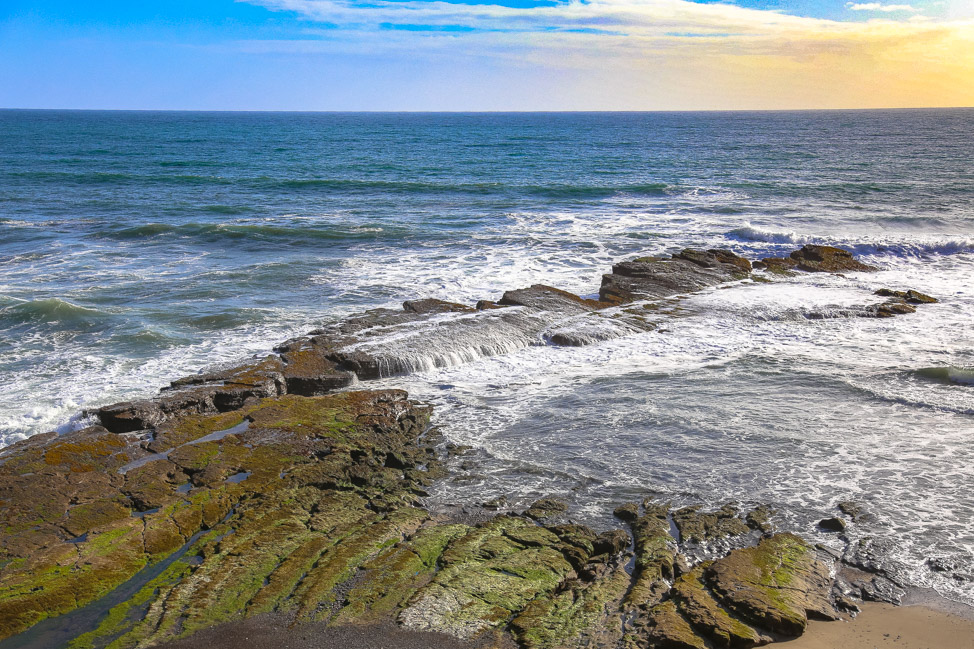
You’re not using content creation correctly
For every DMO who tells me “we don’t do influencer marketing,” I want to ask: “do you set up booths at trade shows? Do you buy sidebar advertisements or purchase billboards? In-flight or convention advertorials?” Because “influencer marketing” (or “native advertising”) is a supplement to all the other marketing you’re doing and, in many cases, a far more effective way of spreading the message through a reliable third-party creator—so long as you’re hiring the right people. You can work for the Timbuktu tourism board and shout all day long how great Timbuktu is, but ultimately, people are going to believe a content creator who has established trust and credibility far quicker than an employee of Timbuktu.
Also, if you’re doing influencer marketing right, you’re also gaining assets from said content creator that you can use for that trade booth. See how everything goes hand-in-hand?
You’re not amplifying the content you already have
We were hired for an out-of-state campaign years ago in which four of us traipsed across it on a week-long road trip, discovered so many cool gems, took thousands of pretty photos, shared every moment in real time and on our blogs later … and the state tourism board never so much as acknowledged our presence on social media. Why then were they paying us to come explore every corner of their outdoorsy state if they didn’t want to amplify the content? Don’t get me wrong: They got great content out of us that was shared with our own audiences, but imagine the amplification potential had they shared it with theirs, as well—an audience who has a vested interest in that state, at that, and is already following them.
On the flip side, SVV and I had such a good time on a project in South Dakota many years ago that campaign results far exceeded our own expectations. This was largely attributed to the tourism board and its agency not only fully engaging their own followers every step of our trip and making it feel like it was the community’s projects. My inbox was flooded with recommendations from locals on that trip, several invited us out for a meal or cup of coffee, and we were even recognized on many occasions around town—and then back home at Bonnaroo two months later, a South Dakotan saw us and said, “hey, you’re that couple who wrote about why everyone should go to Sioux Falls! We were so excited to see South Dakota getting some great love.” Natives, local partners and fans of a destination absolutely relish others spreading the good word about their place, so why wouldn’t you as the DMO want to involve them and make them feel as if they are equally important to the success of a content creator’s trip?
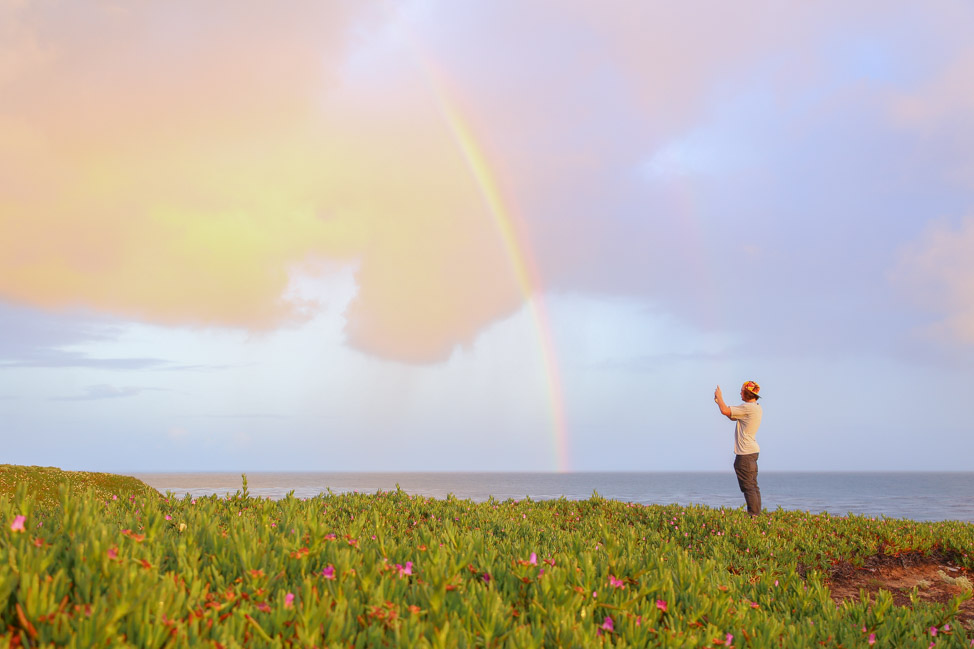
At the end of the day, being authentic and verbose—or really, just being a good human—will never steer you wrong, and keeping that ethos at the front of your mind as you approach tourism marketing along with a healthy dose of accountability and respect for knowledge will create a professional and effective digital interface with the rest of the world.
Want more tips on better tourism marketing, influencer relations and all things paid versus earned media? Start here:
- Why Third-Party Creator Platforms Aren’t Helping Your Marketing
- Fitting Influencers Into Your Marketing Strategy
- Why You Should Not Be Focusing Your Efforts on Instagram
- No, You Can’t Pick My Brain—Here’s Why
- How to Leverage Influencer Marketing for Brand
- 11 Lessons from 11 Years Blogging
PIN IT HERE
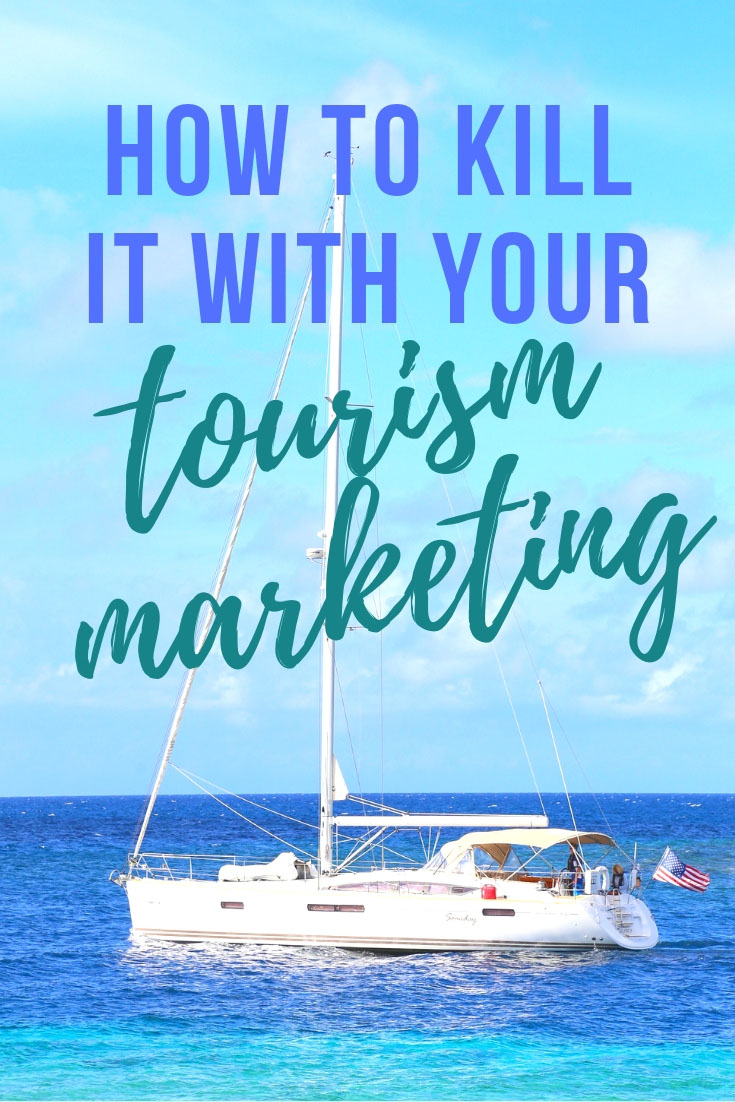
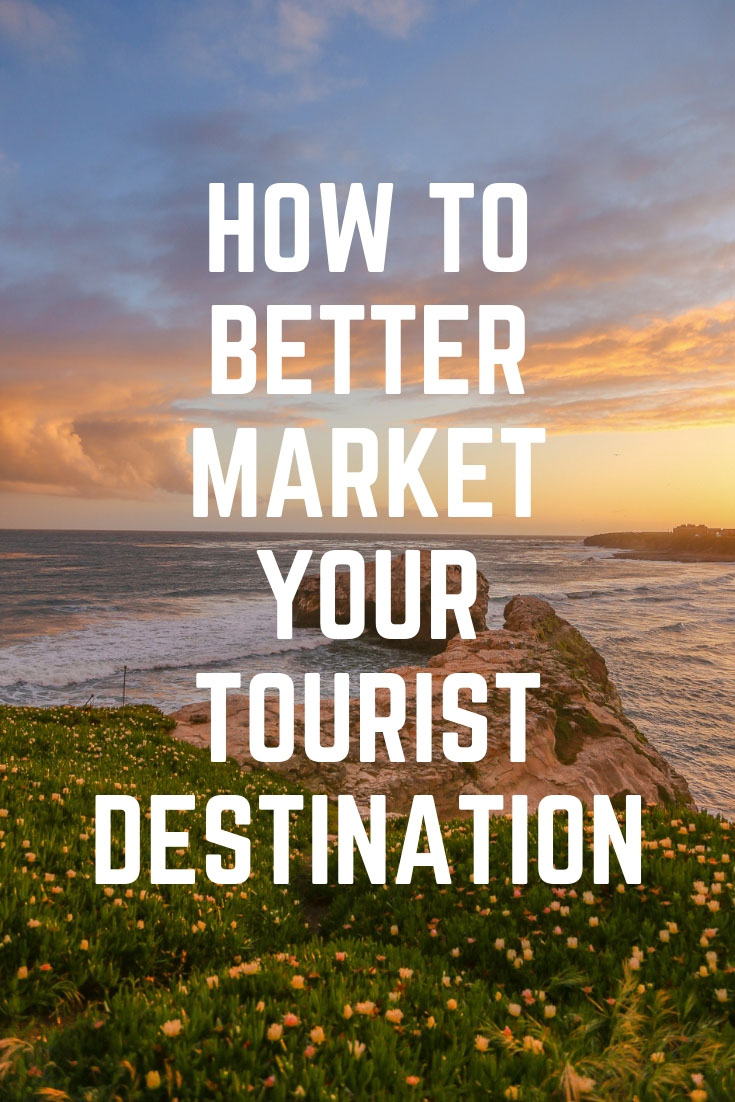
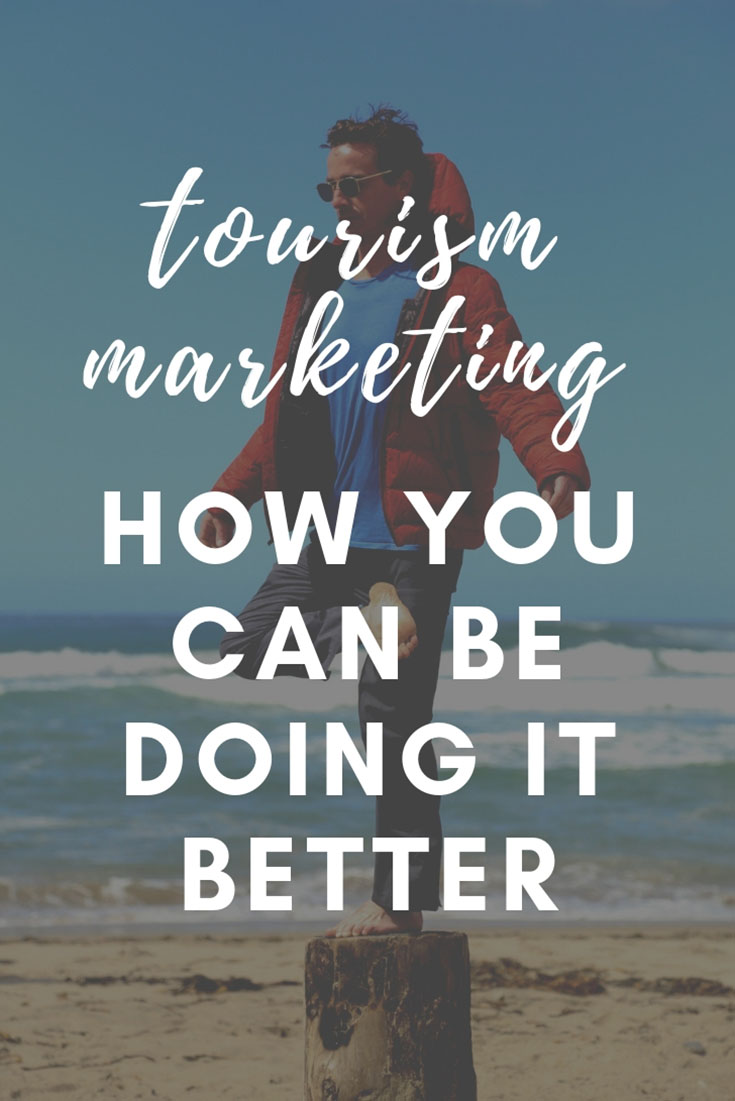
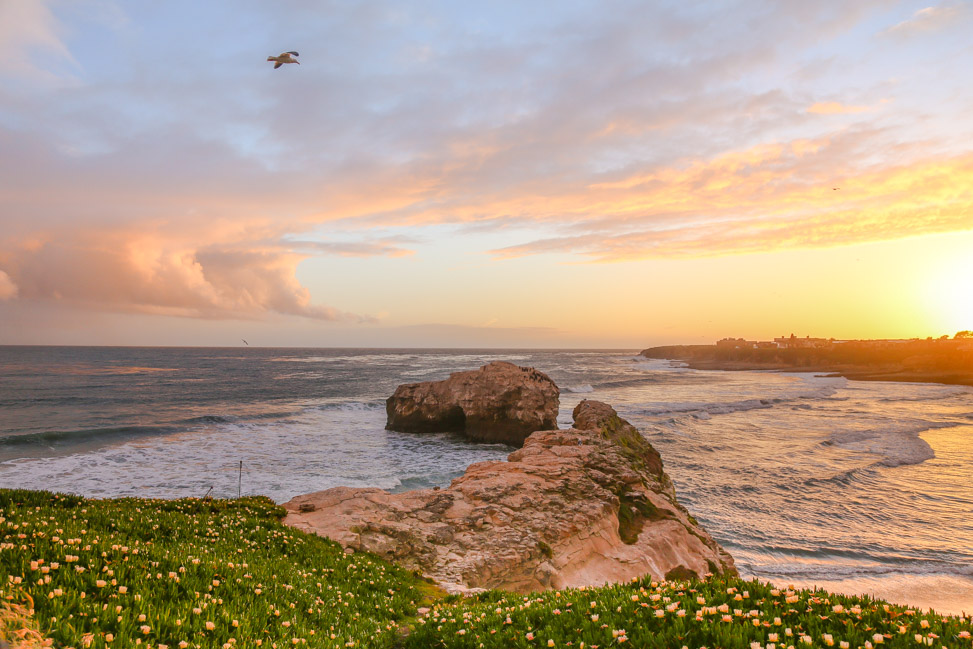

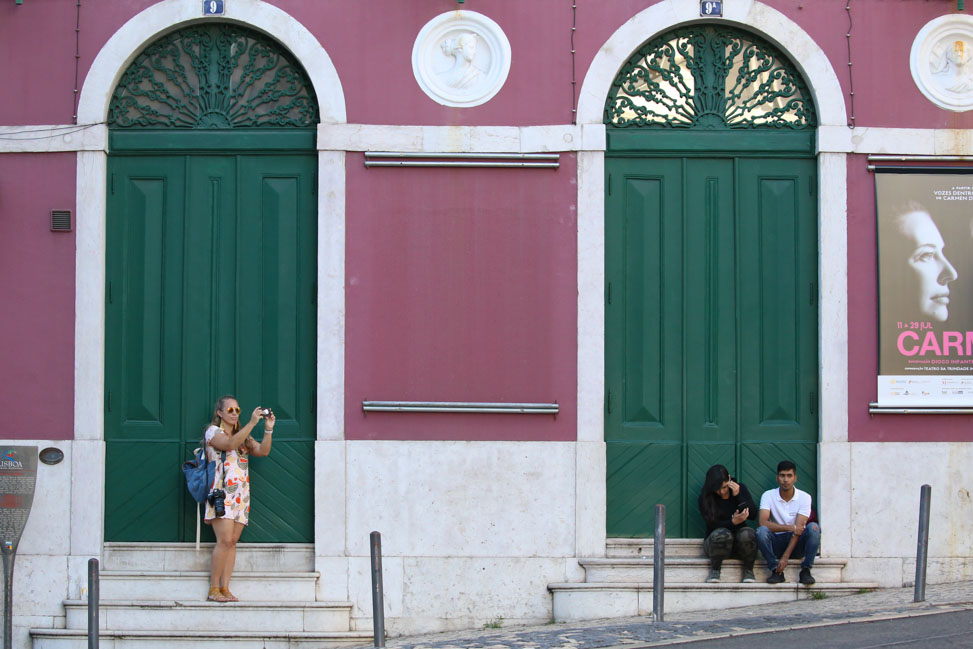
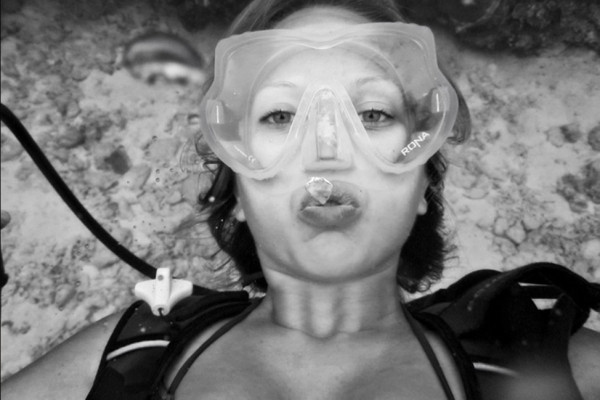
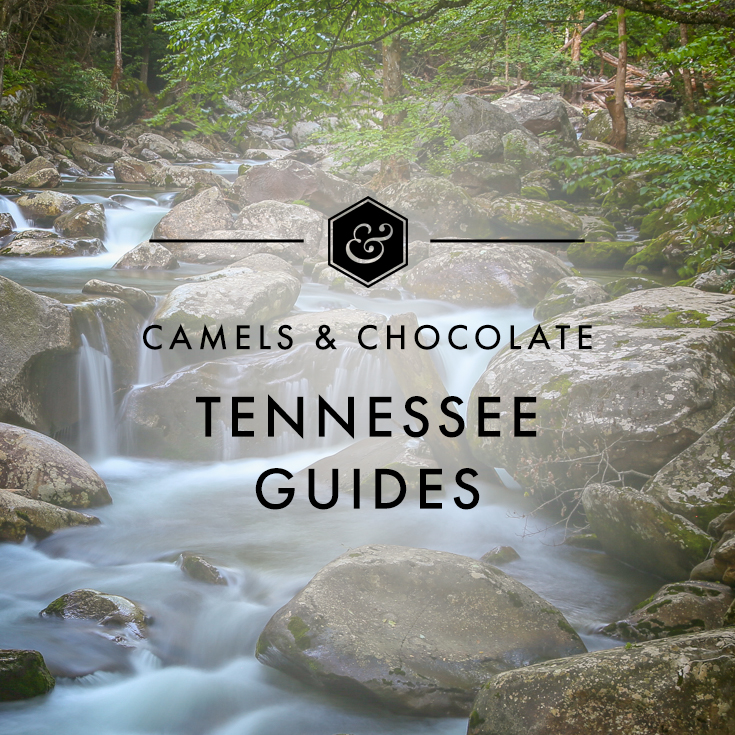
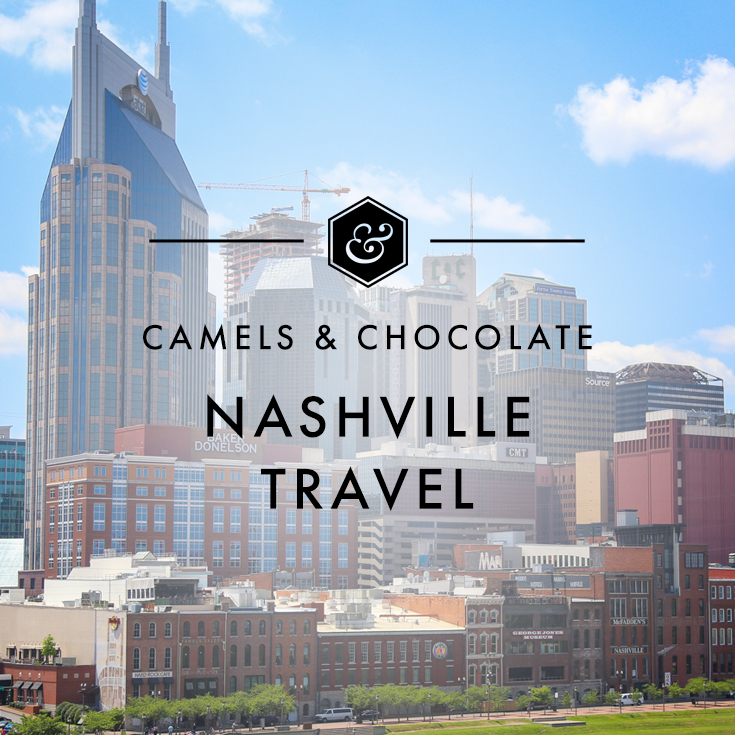








YES!! And love this: ‘realize that your social media manager is not an entry-level position. It is (or rather, should be) a senior-level marketing, communications or advertising professional who has a solid command of the English language, knows good imagery when he/she see it and isn’t going to make a glaring mistake (like posting from Brentwood, Calif. thinking it’s Brentwood, Tenn.). It should not under any circumstances automatically be assigned to the lowest man on the totem pole simply because it’s one of the “newer” professions and therefore not yet a priority.”
When I speak to people like you who are so intuitive and good at what you do in the social media space, it just reinforces that the destinations who are on it are the ones who know how to staff up with and/or outsource to the right professionals who have spent years studying the industry and trying out different tactics.
Brilliant article Kristin. I have worked with tourism boards globally for the last 20 years and to say they are stuck in a rut is a huge understatement. They have not moved on at all! Most spend sums of money of equivalent value to my house value, for a stand at major trade shows and they are absolutely not getting the value they think they are. I honestly believe that in many cases it’s plain laziness. It’s too easy to throw money at a trade show or a billboard or an advertising banner. And in the case of national tourist boards, no one is holding them to account. For me, the smaller tour operators, hoteliers and tour guides do a better job at promoting their destinations and at a fraction of the cost. I would like to see more of these smaller private enterprises calling their tourism boards to account. After all, the tourism boards are supposed to be helping generate economic uplift to their destination via visitor arrivals…
Again, thanks a million for sharing this well thought out and “bang on the money” article.
All the best,
Ged
Slow clap…. the state of advertising and marketing is rapidly changing and it’s frustrating to see destinations using what might have worked 15 years ago.
One big takeaway that I hope DMOs realize is that they should have a more well-rounded approach to marketing. They’re too quick to dismiss content (or influencer) marketing, often thinking it’s not for them or isn’t how they should spend their funds, when in reality it all should be a piece in a much larger puzzle comprising traditional ads, sponsored content, creative marketing campaigns, agency assistance, etc.
This is amazingly informative to those not in the influencer world.
Not just influencers, though—the broader issue is that marketing and advertising are ever-evolving fields made up of so many components, but too many in the industry have blinders on and can’t look at the zoomed-out view of how to approach their overall media plans. They zero in on one thing and ignore the rest. Frustrating for those of us watching from the outside!
I can’t come up with all the words to describe what is running through my head right now…but this article – your points, your position, your no bulls*** approach. Give me all of it! I have to share this a million times over. Best thing to hit me in a long time. [Inserts Clap Emoji x 10] 😀
Hey Kristin,
Great piece! So many valid points. I have worked with a few incredible and progressive DMO’s over the years, but they are far and few. Some regions of the world are better than others. One of my frustrations are FAM trips…those are for tour operators/travel agents, not bloggers/journalists. I wrote a piece called “The fail of the FAM and why a press trip is better” in an attempt to distinguish between the two terms.
Anyhow, thanks for helping shine a light on this topic.
Cheers,
Mike
Great article Kristin. We also appreciate the love you gave Blue Ridge before. I will be reading your other content. Agree totally — but it’s the Wild Wild West out there!!
“You’re putting the cart before the horse.” This is so true is almost every business today. Every big corporate wants to act like some small start up. What happened to tailor-making the organisation to fit your needs rather than running in thousands of directions without knowing why?
You are very true, we face the same problem with state owned tourism flagship MAHARASHTRA TOURISM DEVELOPMENT CORPORATION IN INDIA which works more on tourism destruction by not doing the needful, it only spends on projects which die before launching, and no TOURISM MINISTER cares for it.
Their sole aim is to blow the budget allocated for tourism, and leave it after their need is over.
No railway station in the state of Maharashtra has images of tourism locations around, no maps, no posters on walls, due to which tourist fails to visit good location, locals miss the chance of earning for living, they think only their resorts are locations related to tourism, for last 25+years they are responsible for taking the tourism graph to nosedive
GOD MUST DO THE NEEDFUL AND AND SAVE THE TOURISM OF MAHARASHTRA FROM WICKED MTDC,OF MAHARASHTRA,INDIA.